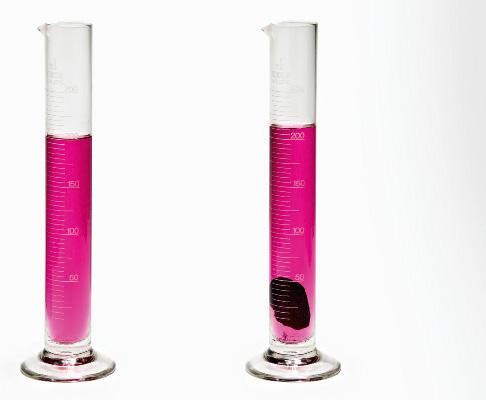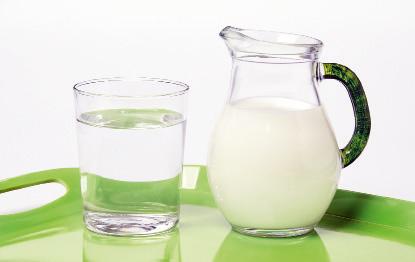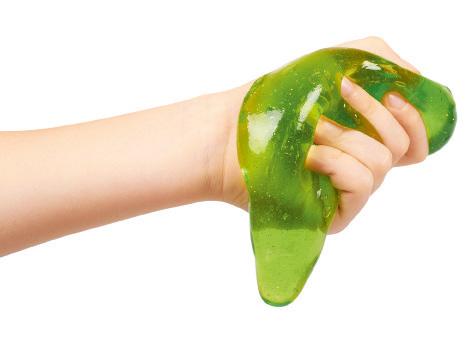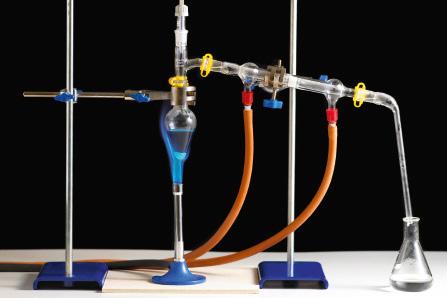
2 minute read
LIQUID SOLUTIONS
3.1 Dissolutions
As we have already seen, homogeneous mixtures of several pure substances are also known as solutions. In all solutions, the components that make up the solution are given the following names:
• Solvent, which is the substance that is in the greatest proportion in a solution. If we are dealing with a solution in which water is present, known as aqueous solutions, we always consider water as the solvent, even if it is in a smaller proportion.
• Solute, which is the substance that is dissolved in the solvent. It is usually found in smaller proportions than the solvent. We can have more than one solute in a solution.
There are solid, liquid and gaseous solutions. The table on the left shows examples of solid, liquid and gaseous solutions; in the rest of the section, we will study the preparation and characterisation of liquid solutions. In the resource bank on anayaeducacion.es you will find an informative presentation on the lab equipment you need to prepare a liquid solution.
Method for preparing a solution
A four-step method is used to prepare a solution of a solid in a liquid in the laboratory. For example, consider the preparation of a solution of 4 g of solute in 100 mL of solution:
1. Measure the mass of solute using a balance, trying to be as accurate as possible.

2. Pour the solid into a beaker, and dissolve it using distilled water.
3. Transfer the solution from the beaker to the volumetric flask using the funnel.

4. Finally, using a wash bottle and a dropper, add distilled water up to the mark.

3.2 Concentration of a solution
We can find solutions that have the same substances but in different proportions. So we say that they have different concentrations.
The concentration of a solution is the amount of solute in a certain amount of solution.
In the example we have just seen on the previous page, the concentration is written as mass/volume and we can calculate it as follows: where m s is the mass of the solute in grams, VT is the total volume in the solution in litres, L, and C is the concentration in grams per litre, g/L.
14 Air consists mainly of nitrogen (79 %); the major solute is oxygen. Does air contain more solutes?
15 Work with the concentration simulation available on anayaeducacion.es. Calculate the concentration, expressed in g/L, of the solution in the photographs on the previous page.
3.3 Diluted, concentrated, and saturated solutions
If a solution has a higher concentration than another, we say that the first one is a more concentrated solution and the second is more diluted.
If a solution has the maximum possible concentration, the addition of more solute causes it to no longer dissolve; we will then have a saturated solution. If we add more solute to a saturated solution, we will obtain a precipitate, which is solute that cannot dissolve.
The solubility is the concentration of the saturated solution. The value of this concentration depends on the solute, the solvent and the temperature.



16 Compare the mathematical expression of density with that of concentration. What similarities and differences do you find? Are they the same quantity? Draw a Venn diagram with your answer.
If the concentration of a solution is much less than the solubility, the solution is diluted.
When the concentration approaches the solubility, we call it a concentrated solution.

When it reaches the solubility, the solution stops dissolving solute and the solute precipitates.
It isn’t possible to dissolve more solute at that temperature and in that volume of solvent. The solute precipitates








